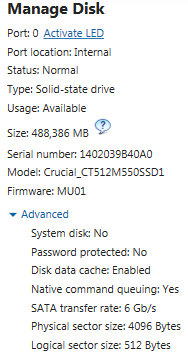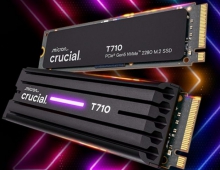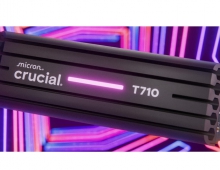Crucial M550 512GB SSD Review
2. Package, drive
The Crucial M550 retail package is shown below:
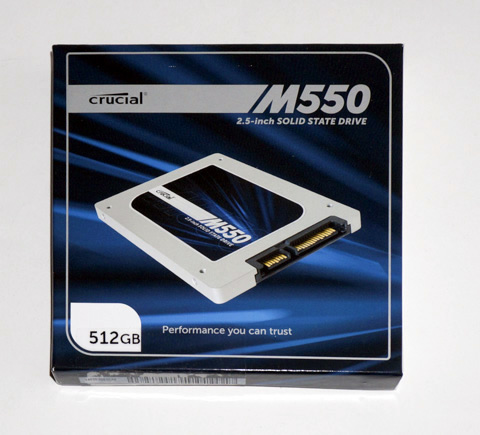
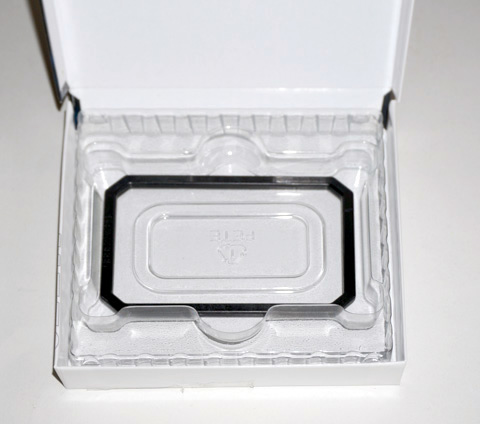
The M550 SSD is packaged in a standard 2.5-inch 7mm z-height enclosure. The drive has a SATA connection, and although it is backward-compatible with SATA 3Gb/s, a native 6Gb/s motherboard is required for maximum performance.


To deal with NAND error rates and defects, which are more prevalent at 20nm, Crucial introduced RAIN (Redundant Array of Independent NAND) support to the M550. But in order to save space for RAIN, Crucial is allocating almost 14% of the NAND area, used to curb failure due to NAND defects.
The Crucial M500 was the first client SSD to utilize 128Gbit per die NAND. That allowed Crucial to go higher than 512GB without sacrificing performance but also meant a hit in performance at the smaller capacities.
While the M500 used solely 128Gbit NAND, Crucial is bringing back the 64Gbit die for the 128GB and 256GB M550s. The 128GB and 256GB models are now equipped with 64Gbit per die NAND while 512GB and 1TB models use the same 128Gbit NAND as in the M500.
Micron’s solid state drive (SSD) uses a single-chip Marvell 88SS9189 controller with a SATA interface on the system side and 8-channels of Micron NAND Flash internally. The Marvell 9189 is more of an updated version of the 9187 and the only major upgrades are support for LPDDR and DevSleep, both of which help with power consumption and can hence extend the battery life.
The drive came with firmware Ver. MU01 installed and as you see below, the available capacity for the user is 488.386 MB (512GB drive). The difference is mostly the conversion of GB to GiB plus a bit of space set aside for over provisioning that the controller uses to maintain the drive over time in an effort to mitigate performance degradation.
The readout on CrystalDiskInfo shows that both NCQ and S.M.A.R.T. are enabled, as well as TRIM and the interface is confirmed at SATA 6Gbps:

